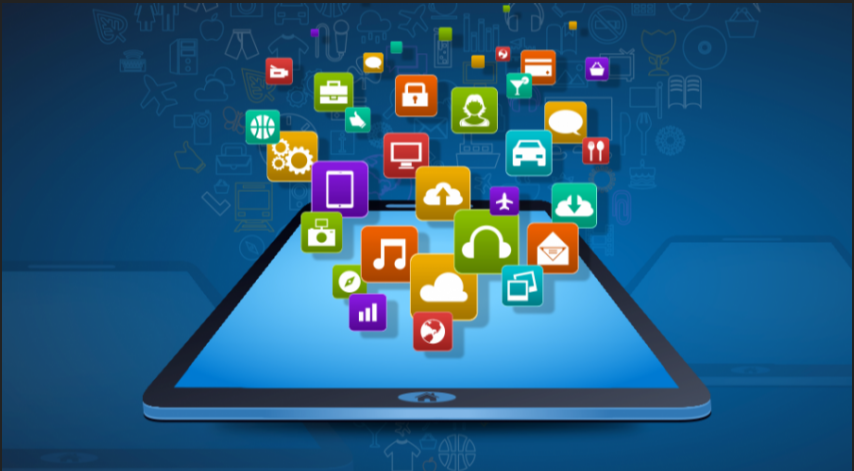When you develop applications for smartphone, nothing can be left to chance: it is good to keep up to date on the latest trends in the sector such as Artificial Intelligence (AI) and the integration of Big Data. But above all, it is necessary to concentrate on the interface of the app which strongly shapes its usefulness and durability.
Developers are currently using Artificial Intelligence (AI) to produce and integrate big data, enhancing user experience and application integration in previously unattained workspaces. It is the ‘user experience’ (UX) the driving force behind the latest trends in mobile apps. If an organization’s employees are unable to do their job on the application due to an incompatible user interface or continuous slowdowns then the productivity decreases. Therefore, first the IT department and the developers make these key trends of application development and implement them.
In particular, there are three fundamental trends to keep under control and not to be overlooked in the field of mobile application development.
Multi-platform app
An important first aspect that developers would do well not to underestimate in the design phase is the growing need for multi-platform applications. From this point of view, a crucial factor when developing apps of this type is where the app data will be stored, since the storage memory available will be different depending on the device. An important tool is the MADP (mobile application development platform) platforms, i.e. the software that allows you to quickly build and test mobile apps for smartphones and tablets: MADPs provide integration with backend applications and drag functionality and drop ‘the template code, eliminating the need to write new code for apps. Through MADP, apps are easy to build and can operate on multiple platforms. The ‘cross-platform’ apps should have a simplified user interface, which can remain unaltered when viewed on different devices and operating systems.
Mobile app developers can then use languages like JavaScript, C# or HTML5 to create applications that work well on different devices. Using multi-platform apps also helps organizations cut downtime (downtime) and costs.
Artificial intelligence, big data, and ‘real-time’ data
The advent and diffusion of an Internet of Things (IoT) applications are leading to the need to manage huge amounts of data, among other things, which is constantly growing. The use of AI technology can mitigate this problem by reducing these large amounts of information to more ‘digestible’ dimensions, to produce results in real time: therefore, for example, faster and more useful ‘insights’ are obtained in specific sectors, which can range from identifying fraudulent activity to categorizing emails to increase productivity.
Also in the business world, AI technology is beginning to integrate deep neural networks, natural language, and conversational features, while trends in mobile application development, such as speech and image recognition, machine learning and chatbots, all benefit from AI technology. Technological advances such as the IBM Watson Conversation application programming interface (API)and the Google Cloud Natural Language API give developers even greater access to these features.
The fact is that not all AI applications are ready for the business world and, if an organization does not have the time or resources to devote to their development, this is not a route to take. However, companies operating in marketing, customer services, and financial services should weigh up the long-term benefits that can now be derived from the exploitation of AI technology, because its predictive analytical capabilities continue to improve, with a margin of increasingly reduced error.
‘User experience’ and user interface
Being able to create an improved user experience, and an interface that increases the ability to engage with consumers is the trend to pay more attention to when developing mobile apps. In other words, if a developer, for example, is creating an application to rationalize an activity or provide mobility for a specific piece of work, it is vital that the user has a positive experience of the application. Therefore, each mobile app developer should first know exactly what the application will be used with and how users will interact with it since the main use of the app, its technical level, and its functionality will directly influence the application.
The latter should be the first concern in the development of mobile apps because if the user interface is not adaptable to all types of devices it will limit the usefulness of the app making its life short. Consequently, those who design such software must put the needs of the user first and create an interface that can operate under various conditions such as the lack of light or the occurrence of limited connection possibilities.









